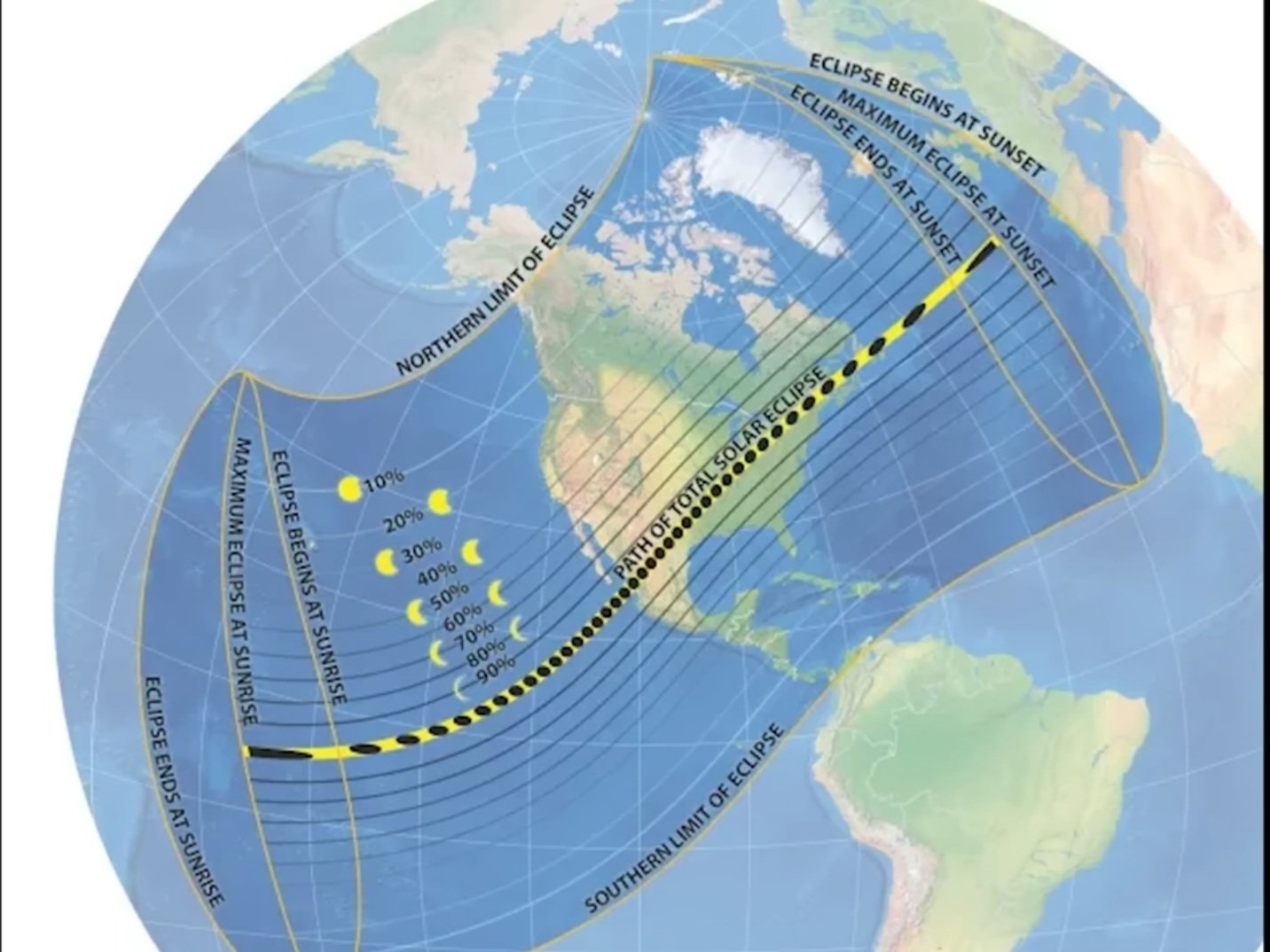51
52
1
The solar eclipse and the horned devil comet: Two good reasons to look up on April 8
(www.usatoday.com)
53
54
55
56
57
58
1
See photos of NASA's suitcase-sized rovers that will soon map the moon's surface
(www.livescience.com)
59
60
61
1
Event Horizon Telescope reveals magnetic fields around the Milky Way’s central black hole - NASASpaceFlight.com
(www.nasaspaceflight.com)
62
63
64
65
66
67
68
1
Northern lights predicted in US and UK on Monday night in wake of solar storms
(www.theguardian.com)
69
70
71
1
Cosmic cleaners: the scientists scouring English cathedral roofs for space dust
(www.theguardian.com)
72
73
74
75
